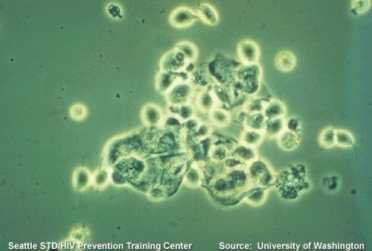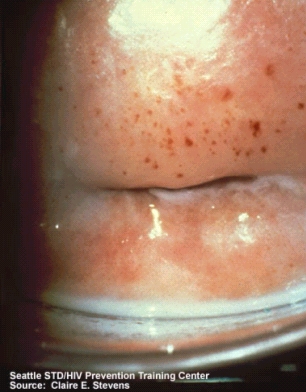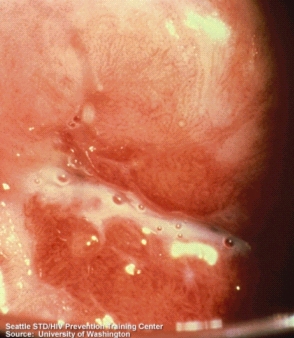 The netpaper about Elftowners, by Elftowners, for Elftowners.
DISCLAIMER: I am still an undergraduate medical student who is not yet fully qualified to practice medicine, as I have still much to learn. For the articles I write here, I use some of the most reliable textbook and online sources. Thus I am only advising people, not treating them whatsoever. If you have read anything in my articles, don’t go ahead and use it in accordance, for though the information is reliable, the need to see a fully qualified legally certified medical practitioner is mandatory. Also, note that medicine is an ever-advancing science, for example what might have been medically acceptable this month may become an out-of-date practice next week if a new and improved regimen takes its place. This said, these articles are only written for the sole purposes of information, myth-busting, and advice. They do not override the necessity of seeing a doctor if your health is at stake.
The netpaper about Elftowners, by Elftowners, for Elftowners.
DISCLAIMER: I am still an undergraduate medical student who is not yet fully qualified to practice medicine, as I have still much to learn. For the articles I write here, I use some of the most reliable textbook and online sources. Thus I am only advising people, not treating them whatsoever. If you have read anything in my articles, don’t go ahead and use it in accordance, for though the information is reliable, the need to see a fully qualified legally certified medical practitioner is mandatory. Also, note that medicine is an ever-advancing science, for example what might have been medically acceptable this month may become an out-of-date practice next week if a new and improved regimen takes its place. This said, these articles are only written for the sole purposes of information, myth-busting, and advice. They do not override the necessity of seeing a doctor if your health is at stake.
WARNING: At the end of this article there are some clinically intimate pictures which show the affected genitalia of patients. They are meant for informative and scientific purposes. Steel yourself if you cannot stand the sight of organs damaged by diseases or if you are offended by seeing genitalia.
Introduction
Trichomonas vaginalis is one of the most common infectious agents of the urogenital (the genitalia and urinary passages, they are termed such as they share a common outlet) tract. The disease caused by it is termed trichomoniasis and it is one of the most common STDs. This parasite is clinically more popular with the ladies.
Causative Agent
The causative organism is the protozoan Trichomonas vaginalis (figure 1). It attacks the vagina (hence its name) and also the male genitalia in case of untreated trichomoniasis or unsafe sex.
It is largely transmitted by sexual intercourse, but is also known to be transmitted through the sharing of towels, swimsuits, underwear, vaginal douche equipment, sex toys, or even improperly cleaned examination instruments. All that the organism needs is a vehicle of any sort to transport it from the patient’s genitalia to uninfected ones.
Clinical Picture
Trichomonas vaginalis attacks the external genitalia, vagina, and uterine cervix resulting in their inflammation and erosion (figure 2). The infection is accompanied by profuse, frothy, yellowish or creamy, and smelly (described as a “fishy” odour) discharge (figure 3). Itching and burning sensations have also been reported.
In males, the organism attacks the urethra, prostate, and seminal vesicles. It might produce a whitish discharge in some cases.
There is good news, however, that the infection could pass without being noticed or it could come in a mild form.
Treatment and Prevention
The diseased is effectively treated by a certain antiprotozoal drug. Treatment should involve both the male and female partners in case one of them has been found to be infected with Trichomonas vaginalis.
Prevention is also a simple matter, safe and responsible sex, as well as refraining from sharing articles that come in contact with more than one person’s genitalia and the proper sterilization of medical examination instruments.
That said, always make sure that the ground for sexual intercourse is clear and that the practice is safe. One can never be careful enough around this area and moments of pleasure could lead to a lifetime of pain if one practices irresponsible and unsafe sex.
Our next feature is a virus. Prepare to meet genital herpes.
Figures

Figure 1, Trichomonas vaginalis. Credit for this image goes to the University of Washington and the Seattle STD/HIV Prevention Training Center.

Figure 2, note the uterine cervix in case of trichomoniasis
. The description is a “strawberry” cervix. Credit for this image goes to Claire E. Stevens and the Seattle STD/HIV Prevention Training Center.

Figure 3, the discharge of Trichomonas vaginalis. Credit for this image goes to the University of Washington and the Seattle STD/HIV Prevention Training Center.
References
Lippincott’s Illustrated Reviews: Microbiology
Medical Microbiology (Jawetz, Melnick, and Adelberg) 22nd edition
http://depts.washington.edu/nnptc/online_training/std_handbook/gallery/index.html
Have you read the [Disclaimer] at the top of the page?
back to the TH 11 Healthy Living
 Stumble!
Stumble!